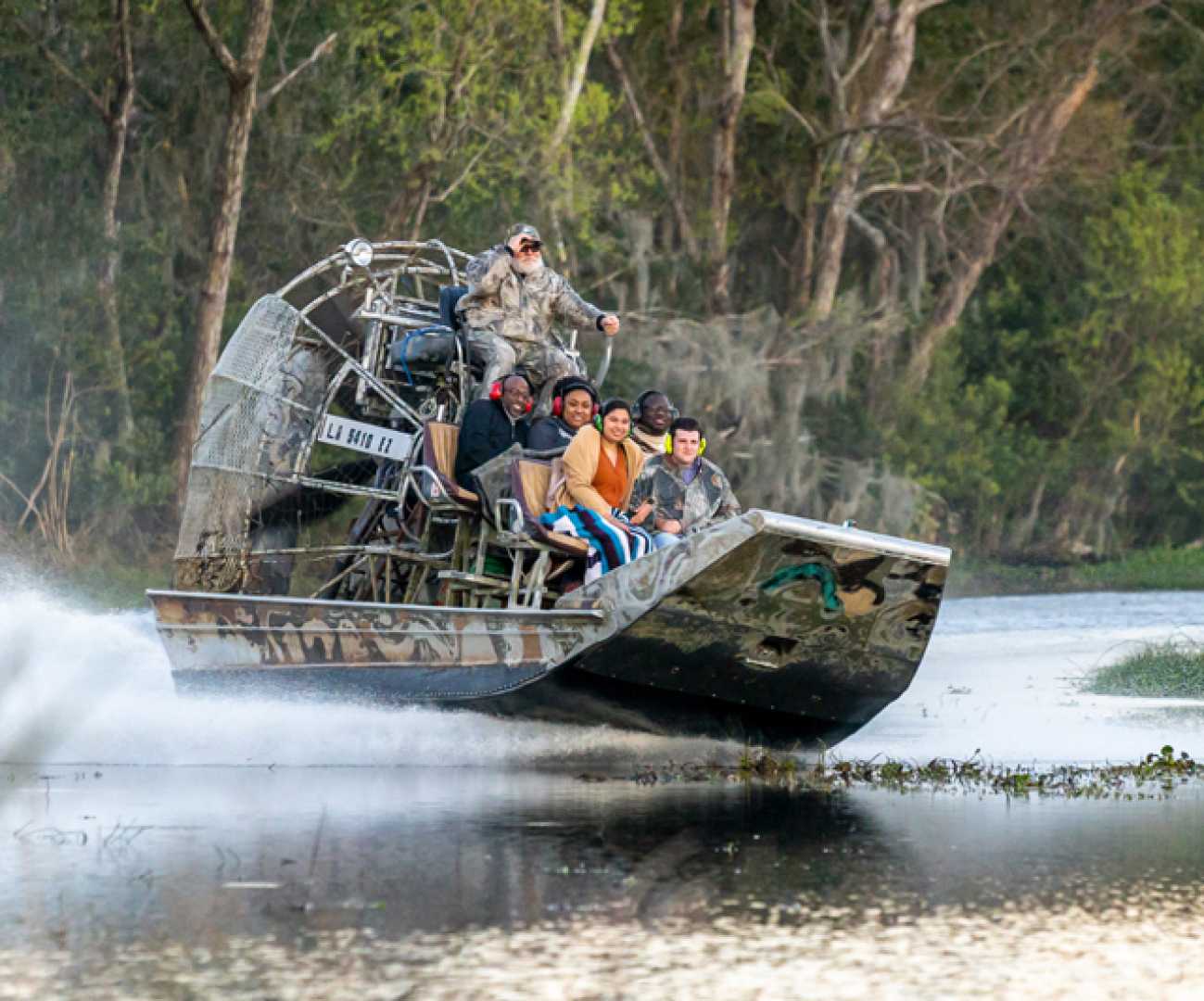News
Cajun Heritage Thrives Amid Coastal Challenges in Louisiana’s Swamps

NEW ORLEANS, LA, UNITED STATES, April 15, 2025 — Louisiana‘s iconic swamps are more than just scenic vistas; they are an integral part of the region’s culture, particularly within Cajun communities. Milton Walker Jr., a local historian, emphasizes, “The swamp is where the culture took root. It fed generations, sheltered families, and shaped the music, language, and lifestyle that define Louisiana.”
The swamps of South Louisiana, characterized by sprawling marshes and bayous, formed a crucial backdrop for a culture centered on resilience, resourcefulness, and harmony with nature. The Cajuns, descendants of French-speaking Acadians expelled from Canada in the 18th century, found refuge in these wetlands, which provided them with isolation and the means to preserve their traditions.
For generations, Cajun communities have thrived along the waterways, transforming what was once considered inhospitable terrain into a source of sustenance and identity. This region became a haven for cultural practices, allowing its inhabitants to cultivate a rich lifestyle centered around fishing, trapping, and hunting. Culinary traditions such as crawfish boils and gumbo recipes are rooted in the local environment.
Walker’s observations about the swamp resonate deeply with the lived experiences of Cajun families, who have relied on local resources to build livelihoods. “Wood from cypress trees was used for homes, pirogues, and tools,” Walker said. “Knowledge about tides and local flora and fauna was passed down through generations, making the swamp not just a backdrop but a way of life.”
As the Cajun culture has persisted, so too has the Cajun French language, preserved longer in swamp communities than in urban settings. Events celebrating Cajun heritage often feature accordion-driven music, which has evolved from the experiences of swamp life. Folk tales and music reflect daily struggles, familial bonds, and the deep-seated relationship between people and their environment.
However, these vital habitats now face significant threats from climate change and human activity, including coastal erosion and saltwater intrusion, which jeopardize both the rich biodiversity of the wetlands and the communities that depend on them. Canals dug for navigation and oil access have further disrupted the natural ecosystem.
Despite these challenges, many Cajun families remain steadfast in their connection to the swamps. Some have pivoted towards ecotourism, offering guided tours that explore both the natural beauty of the waterways and the storied culture of their ancestors. Milton Walker Jr. highlights that modern swamp tours educate visitors about the significance of these ecosystems. “It’s about explaining why those trees matter and what the bayou gave to the people who lived here,” he stated.
Today’s swamp tours evolve beyond mere observation; they serve as vital educational experiences that relay the history and traditions of local inhabitants. Guides share insights on the ecosystem, from the traditional uses of cypress wood to family trapping routes, ensuring that the cultural legacy is not lost. Walker notes, “Preserving this tradition not only supports local economies but strengthens community identity.”
The interplay between past and present is evident in Louisiana. While urbanization continues to rise, the roots of many residents still lead back to the swamps. The ever-evolving stories of the Cajun people illustrate a narrative of adaptation, creativity, and an unwavering respect for the land.
The Cajun connection to the swamp, a tale of survival and dynamic culture, is one that reverberates through generations, relentlessly shaping Louisiana’s identity amid a changing environmental landscape.












